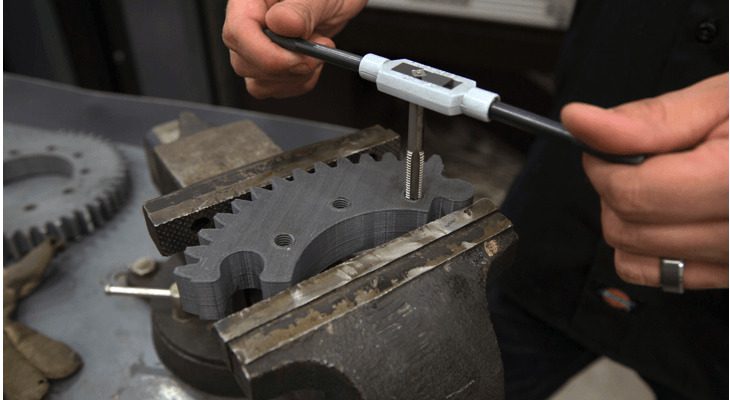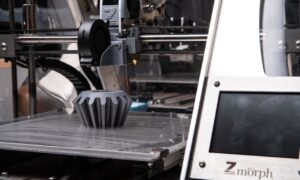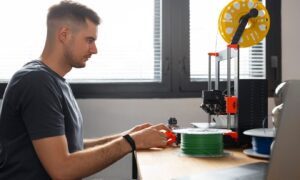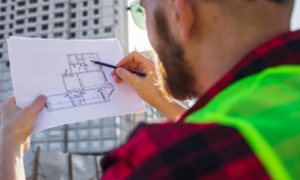If you are a product designer or have a business in manufacturing, then the short answer to the title question is yes, the industrial applications of 3D printing should definitely interest you. Now, 3D printers have been around since 1987, but for a long time, they were little more than future prospects. Ironically, the earliest 3D printers were prototypes for today’s highly advanced, smart 3D printing technology which is most commonly used to create prototypes.
3D printers today have become embedded inside multiple manufacturing sectors across the globe. In fact, the cheaper, FDM printers are now making their way to even individual hobbyists. However, there is a huge difference in standard between industrial grade stereolithography and domestic 3D printing. As we go through the several applications of modern 3D printing tech, readers will soon realize whether they have anything to gain from finding out more.
Rapid Tooling & Prototyping
It was mentioned earlier that prototyping is the most common reason why industrial 3D printers are used, which is a fact. 3D printing is the leading technology in use today for manufacturing prototypes. If you have a product design that you have perfected digitally, then the next step would be to 3D print a prototype.
Once you have your first prototype, test it under real-world conditions to see if there are any flaws or possibilities of improvement. After correcting and/or improving the design as necessary, that’s when you order your second 3D printed prototype. The cycle continues until the time you have managed to perfect the design and the final prototype is as close to the final product as it will ever be.
Rapid tooling in reference to 3D printing is also about creating prototypes, but there is a small difference between the two. While rapid prototyping generally indicates the process of creating a precursive but complete product, rapid tooling via 3D printers is the process of prototyping individual parts. These parts are then tested, improved in design, and further prototyped, until the final design is reached and ready to begin production. Contact RapidPSI to find out more about rapid tooling and prototyping with the use of 3D printing technology.
Small-Scale Production
Technically, prototyping and rapid tooling are also manufacturing processes because the 3D printer is printing out a manufactured product. However, the term manufacturing in the industrial sense refers to production. It may or may not be mass production, but manufacturing refers to a finished product that’s ready for sale and/or use. A prototype is an item of reference, and a manufactured product is that finished product which came from that reference.
3D printers are not yet able to mass produce everything that they can prototype, but the technology is widely used to manufacture wall panels, air ducts, structural components, and small, intricate parts for aircrafts, spacecrafts, ships, and submarines. In fact, the military often uses experimental but functional prototyped parts from 3D printers to fit and test their own experimental equipment.
Bioprinting
It’s difficult to believe that we can now print human tissue with the help of 3D printers, but the technology itself has been around for more than 20 years! Although the tiny human bladder was only a prototype at that point, more amazing feats have since been achieved in bioprinting. Scientists have managed to recreate almost every part of the human body. Blood vessels and muscle tissue to bones and even a kidney have been officially documented as functioning, bio-printed body parts.
Unfortunately, we are still not at a stage where we can manufacture human organs and body parts on demand. However, 3D bioprinting has proven beyond doubt that it’s more a matter of when, rather than if it can be done. When that does happen though, the possibilities are endless. It could potentially bring an end to the organ shortage.
Even if you are a hobbyist, chances are that the possibilities discussed here have you intrigued. Remember that as long as you have an innovative design in mind, you can probably get it 3D printed! Since we are now capable of even 3D printing human organs, it would not be a stretch to speculate almost any design idea can be brought into tangible existence via a 3D printer. However, you will need to create a STL file for your idea to come alive. Fortunately, converting traditional designs into STL files is a lot simpler than it used to be. Follow this guide if you don’t know how to transform your designs into printable STL models.



































